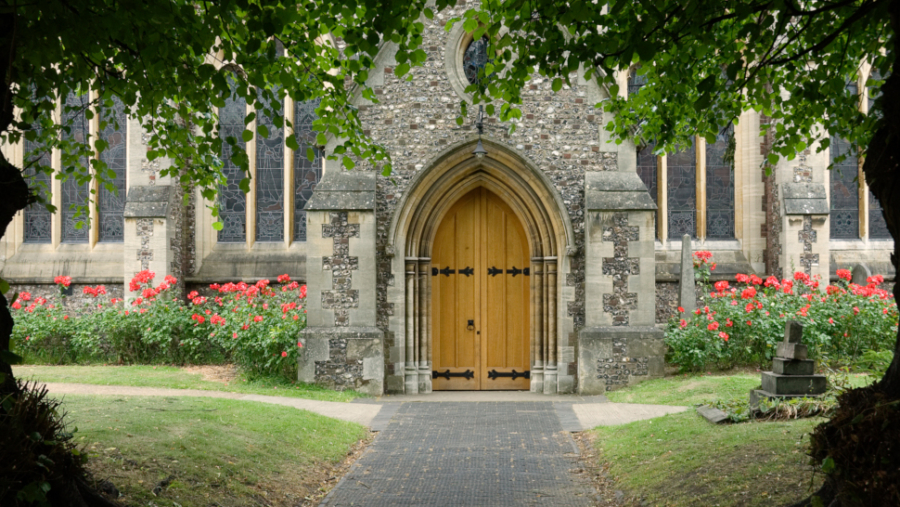
The Church of England national safeguarding standards and quality assurance framework
20th November 2023

The Church of England (C of E) National Safeguarding Team (NST) has recently published their first national safeguarding standards (‘the standards’), which will apply to dioceses, parishes, and churches, with immediate effect.
The NST, who manage complex safeguarding cases and those relating to senior clergy including bishops and deans, have been in the process of developing the standards since 2020.
Why have the standards been introduced?
The standards are not intended to replace, but build on, the C of E’s existing policies and procedures, including “Promoting a Safer Church” the C of E’s safeguarding policy for children, young people and adults.
The standards will also be used to inform the second round of independent audits of dioceses and cathedrals which will begin in January 2024. The C of E first introduced independent safeguarding audits as a pilot scheme in 2015 which was then rolled out across the Church. The Independent Inquiry into Child Sexual Abuse (IICSA) commended these audits and recommended that independent external auditing of the Church’s safeguarding policies and procedures, as well as the effectiveness of safeguarding practice in dioceses, cathedrals and other church organisations, continue.
The IICSA found that while there had been recent and important improvements in child protection practice, the C of E still has more to do to rebuild trust, as historically they had failed to respond consistently to victims and survivors with sympathy and compassion, accompanied by practical and appropriate support.
What are the standards?
The C of E have created five “Safeguarding Standards” which include a statement of the standard itself and an explanation of why it is important. Each standard also has a series of “What Good Looks Like” indicators which are detailed criteria that are intended to be used to show how well that standard is being achieved.
The five standards are:
- Culture, leadership and capacity: Church bodies have safe and healthy cultures, effective leadership, resourcing and scrutiny arrangements necessary to deliver high-quality safeguarding practices and outcomes
- Prevention: Church bodies have in place a planned range of measures which together are effective in preventing abuse in their context
- Recognising, assessing and managing risk: Risk assessments, safety plans and associated processes are of a high quality and result in positive outcomes. The assessment and management of risk is underpinned by effective partnership working
- Victims and survivors: Victims and survivors experience the timeliness and quality of Church bodies’ responses to disclosures, and their subsequent support, as positively meeting their needs, including their search for justice and helping their healing process
- Learning, supervision and support: All those engaged in safeguarding-related activity in Church bodies receive the type and level of learning, professional development, support and supervision necessary to respond to safeguarding situations, victims and survivors, and respondents, effectively.
Although it is not expected that every indicator will be met overnight the Standards make clear the C of E’s intended direction of travel for the future of safeguarding. It is anticipated that the introduction of the standards will now support Church bodies in their strategic planning by enabling identification of both their strengths and areas for development in respect of safeguarding.
Our education team are well placed to support Church of England Diocese on implementing these standards. We also advise Church of England schools day-to-day with putting in place effective safeguarding policies that are compliant with Keeping Children Safe In Education 2023; managing complex safeguarding matters; and drafting hire facilities agreements that meet best practice.










